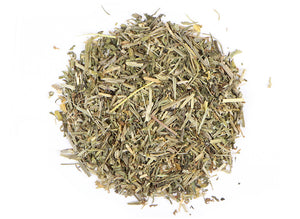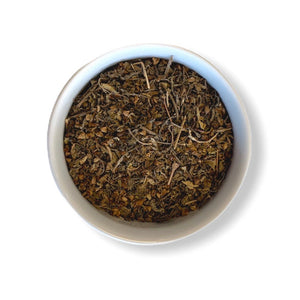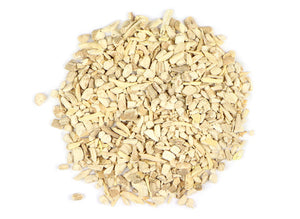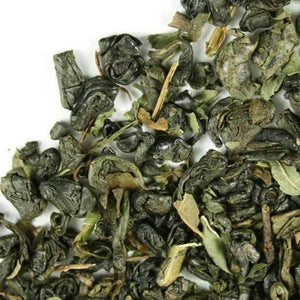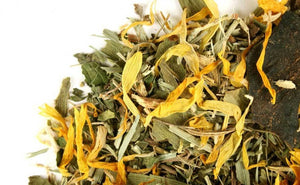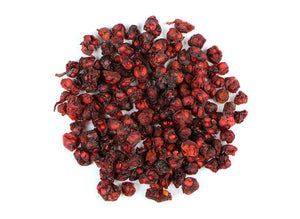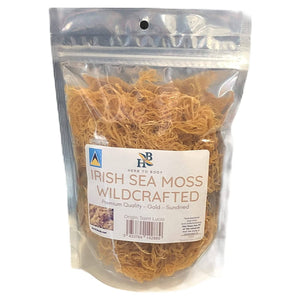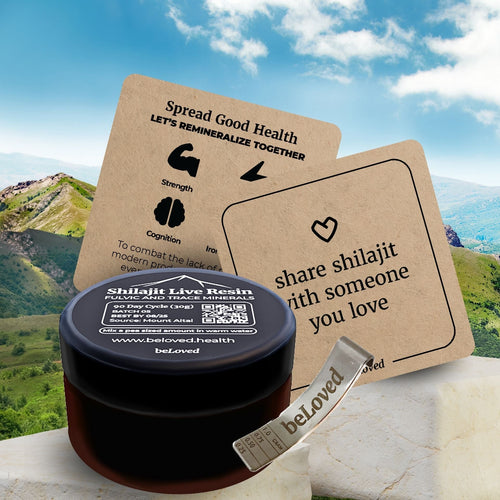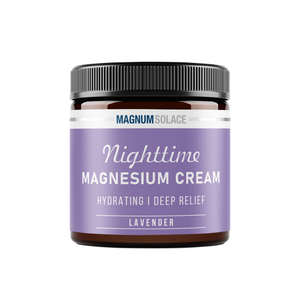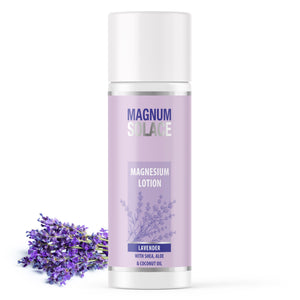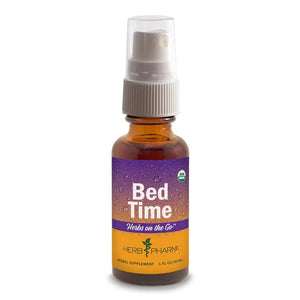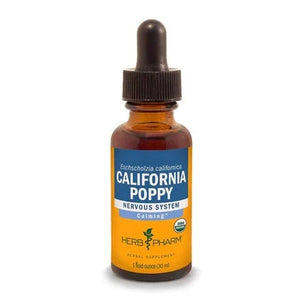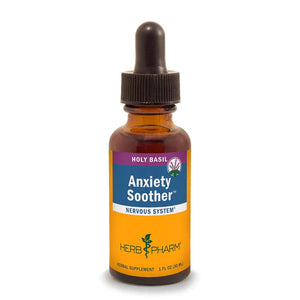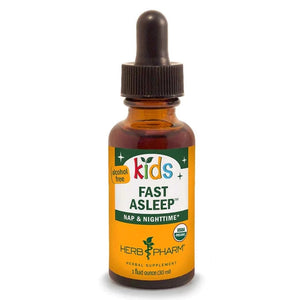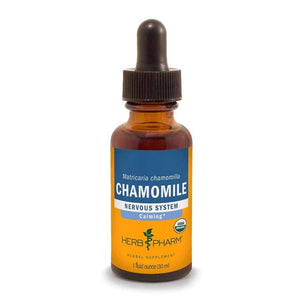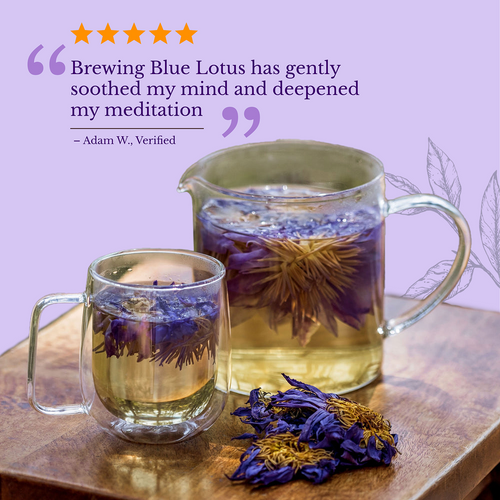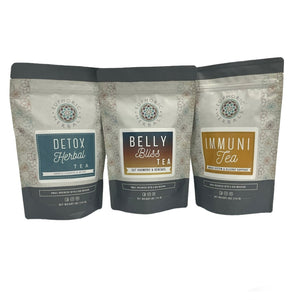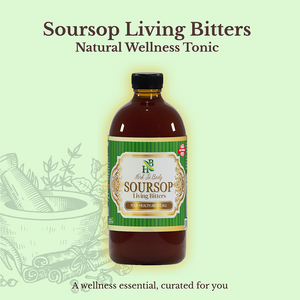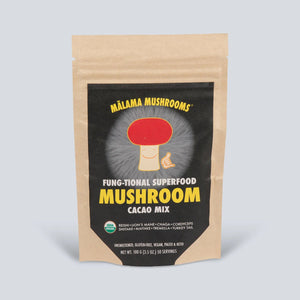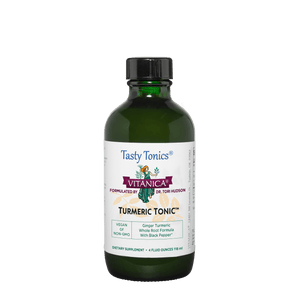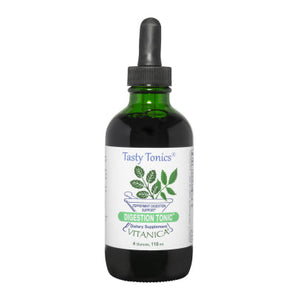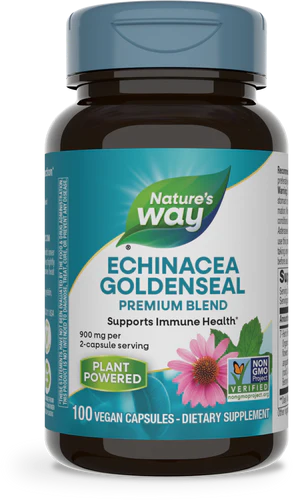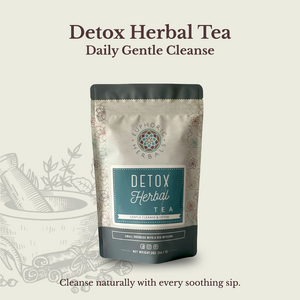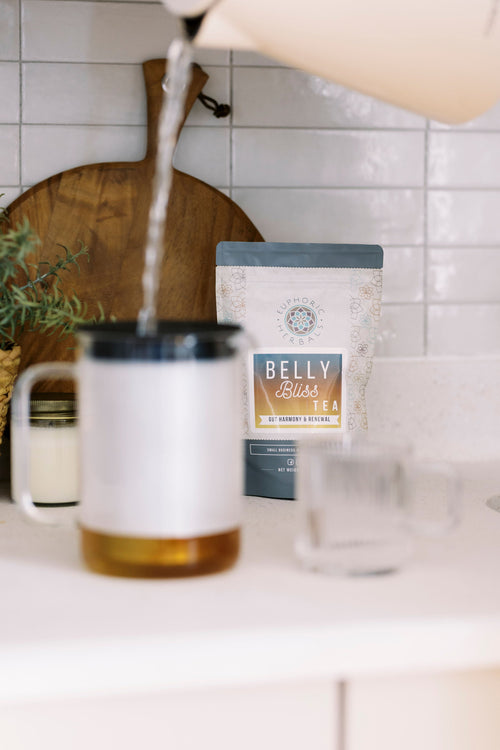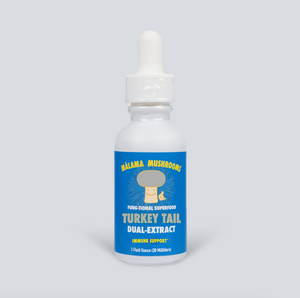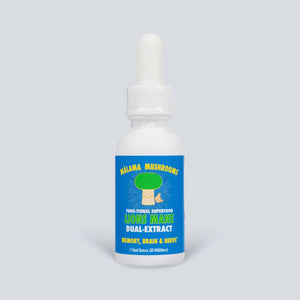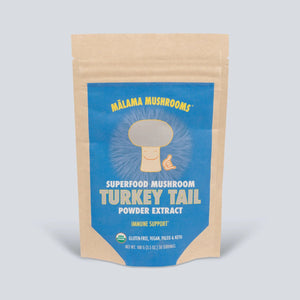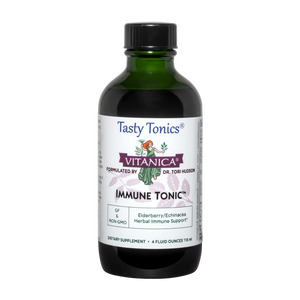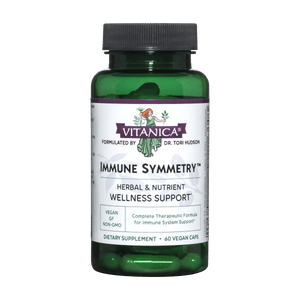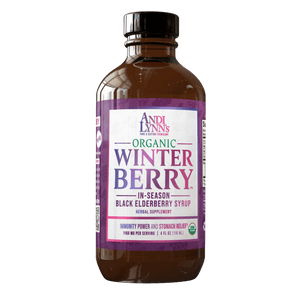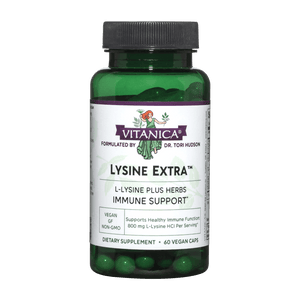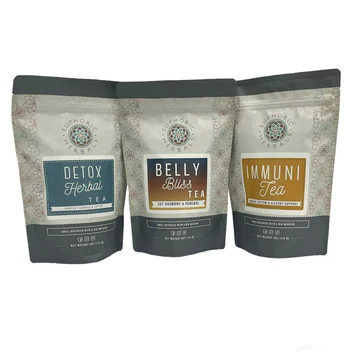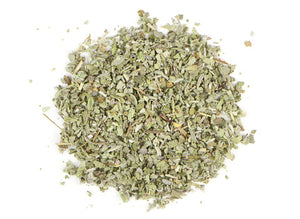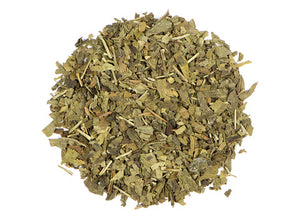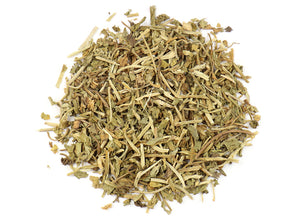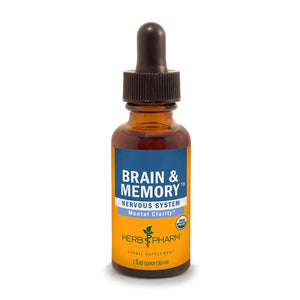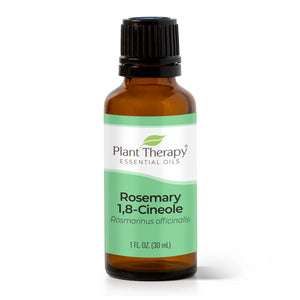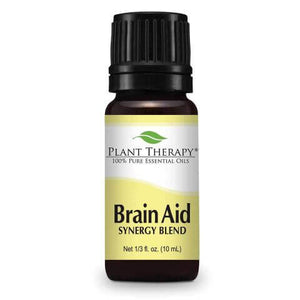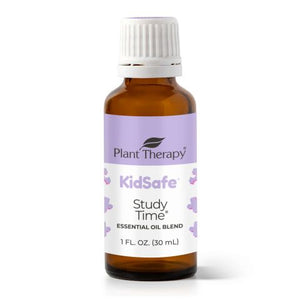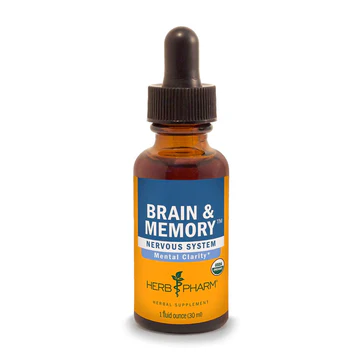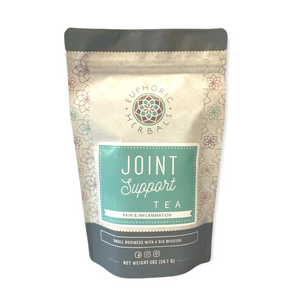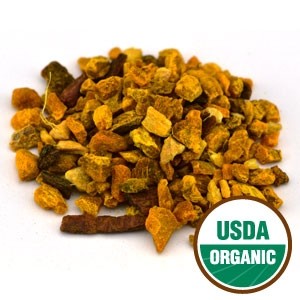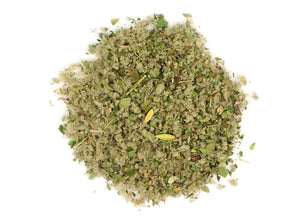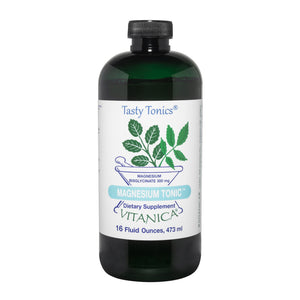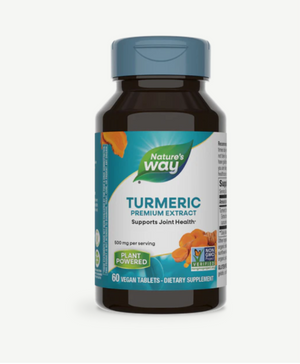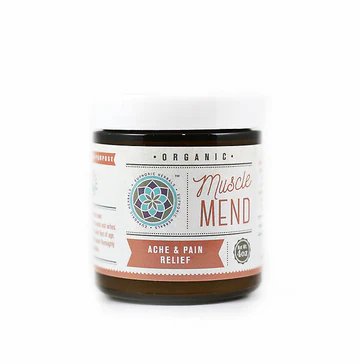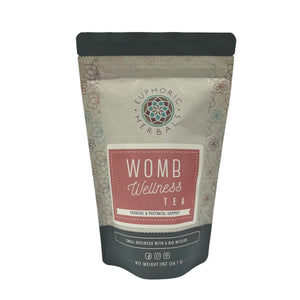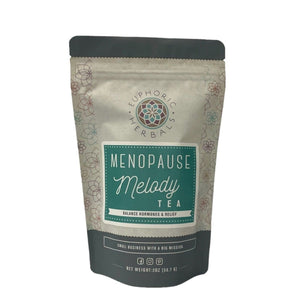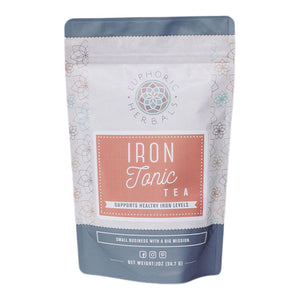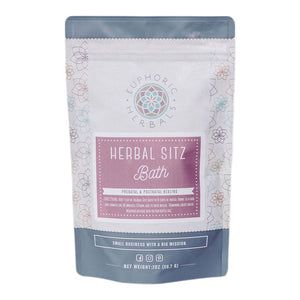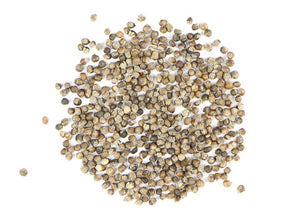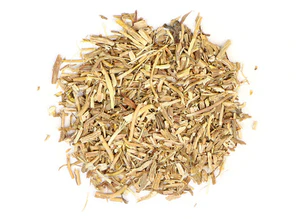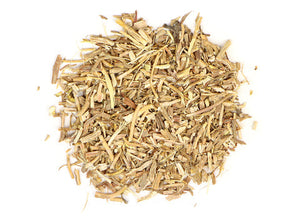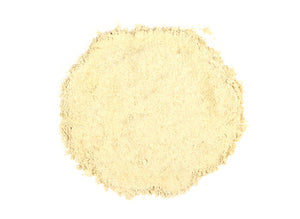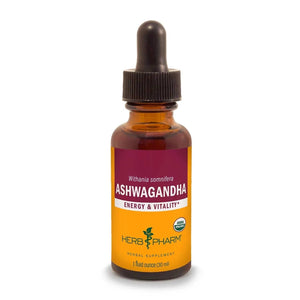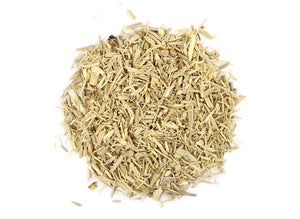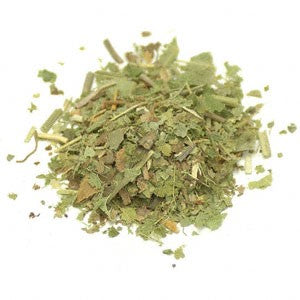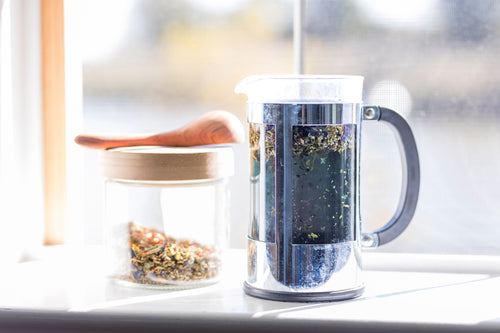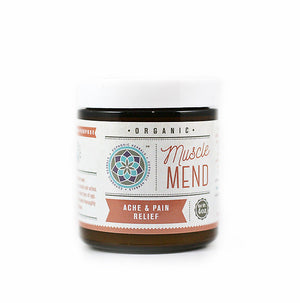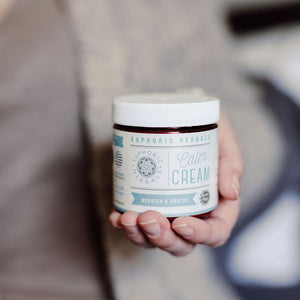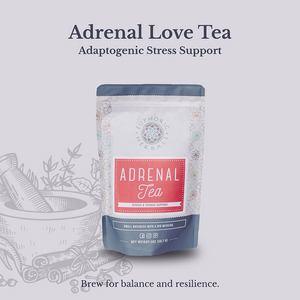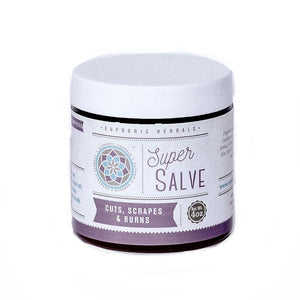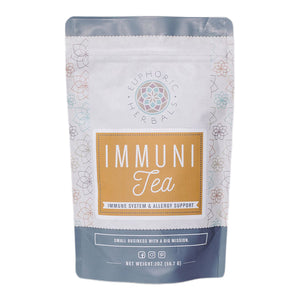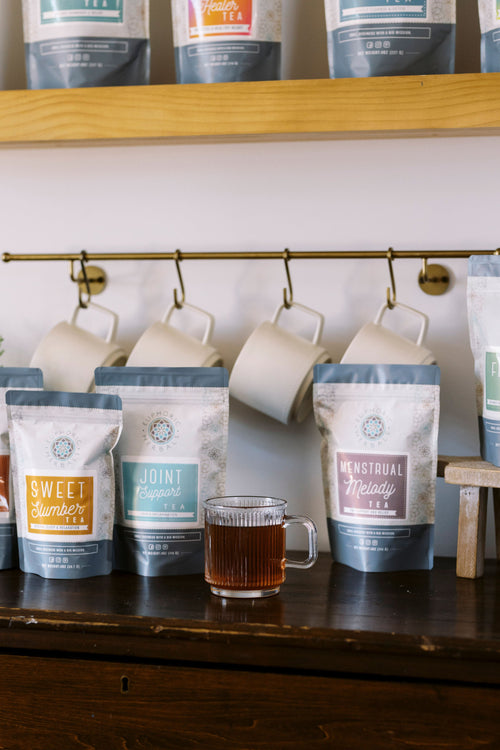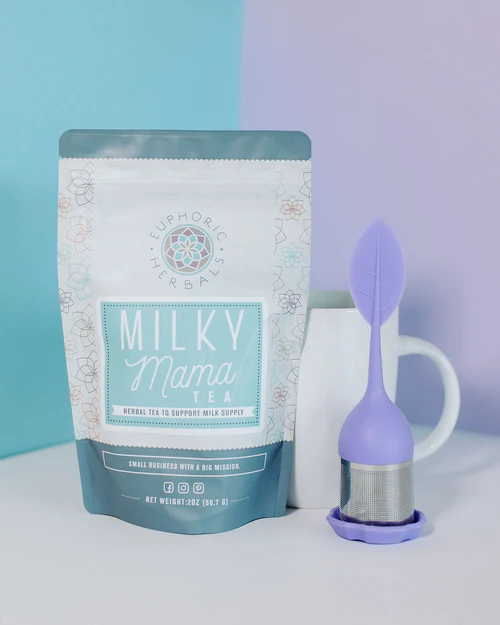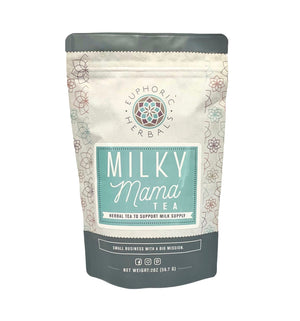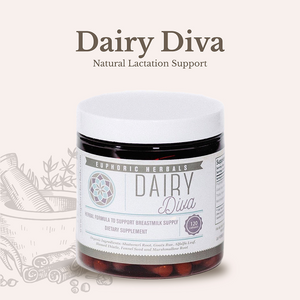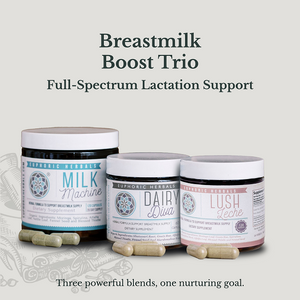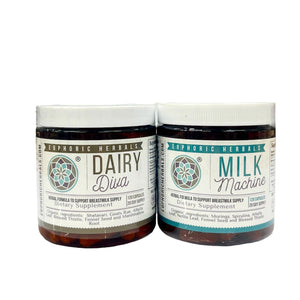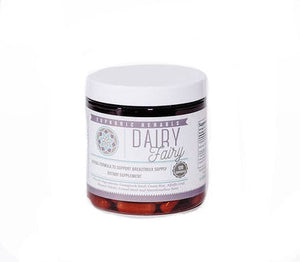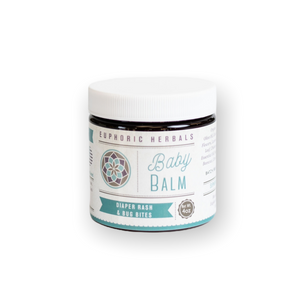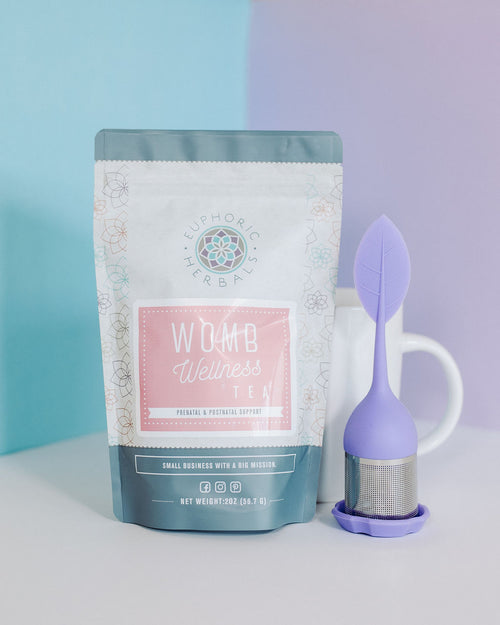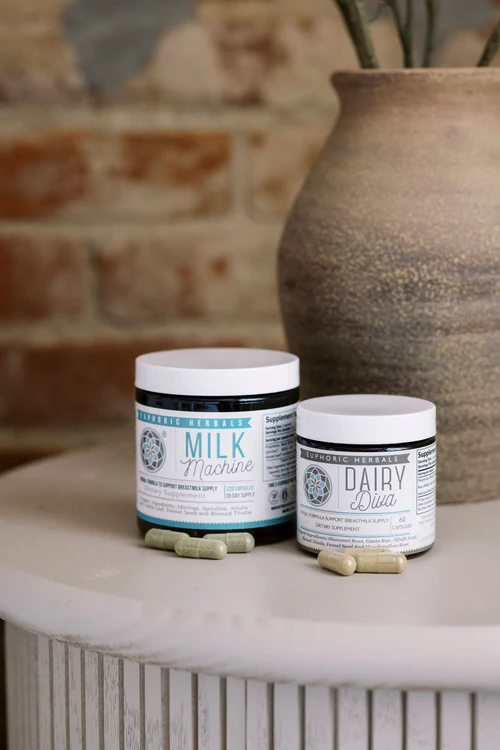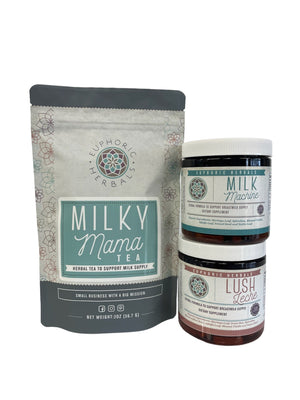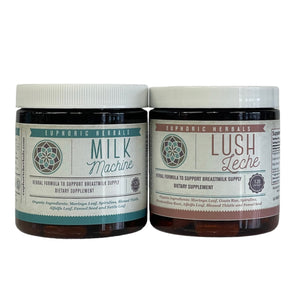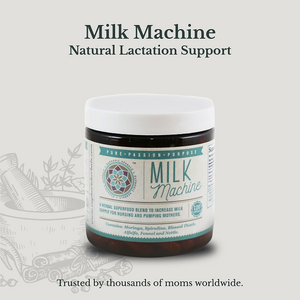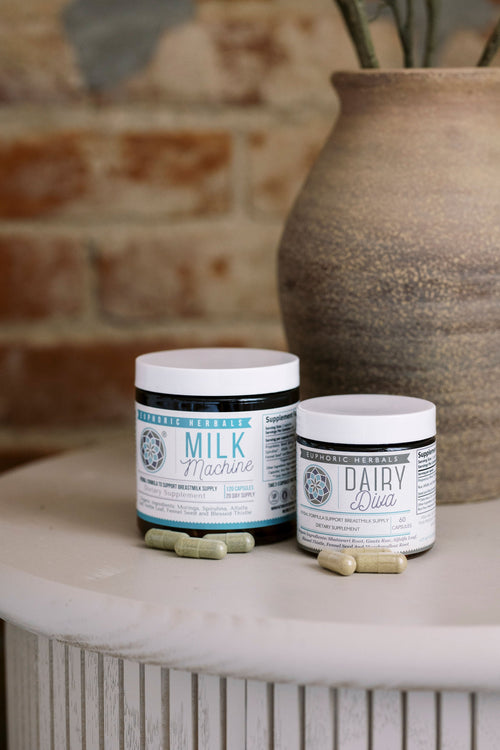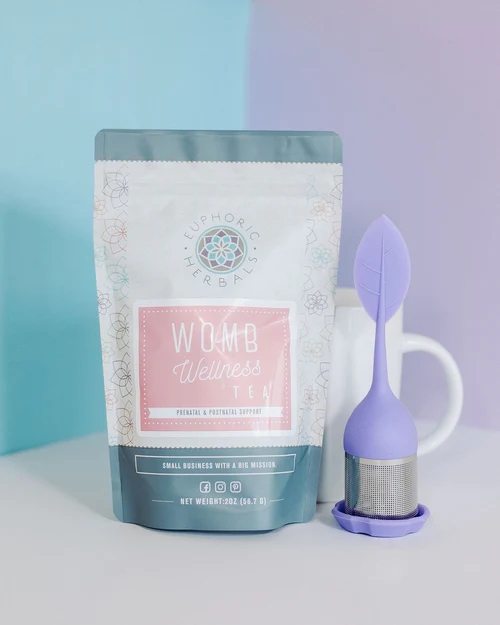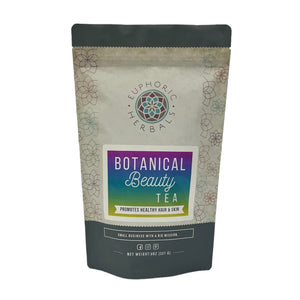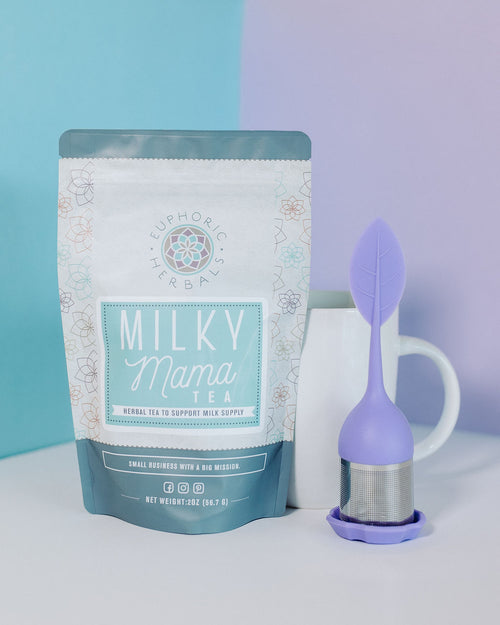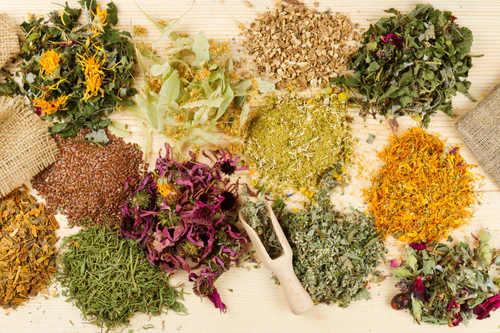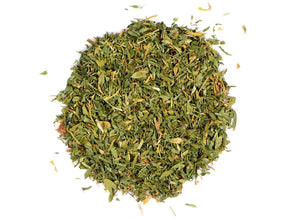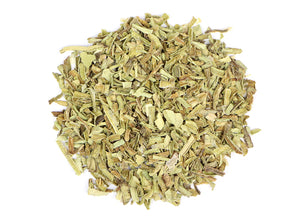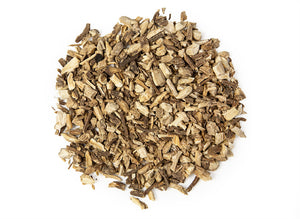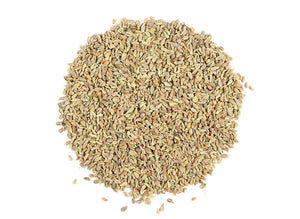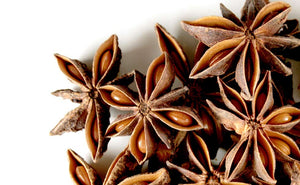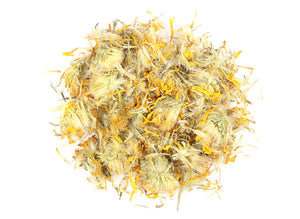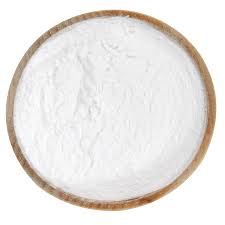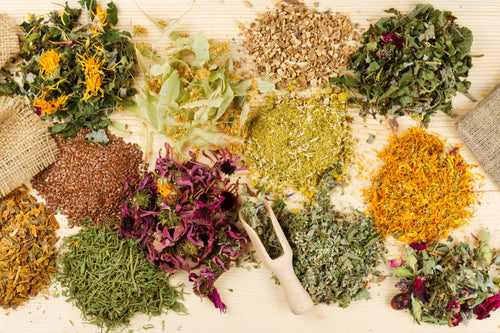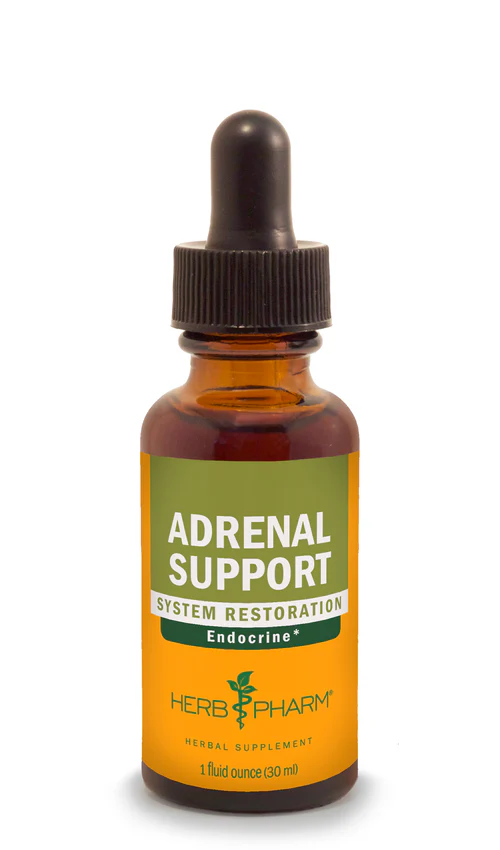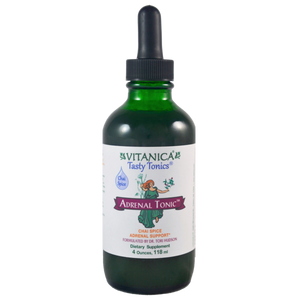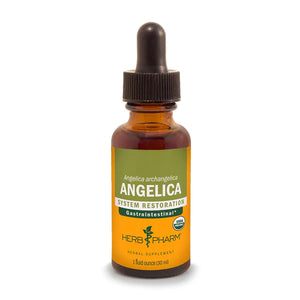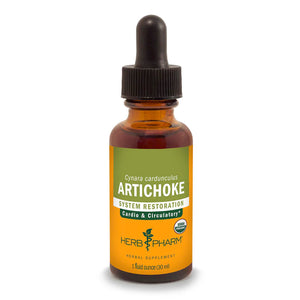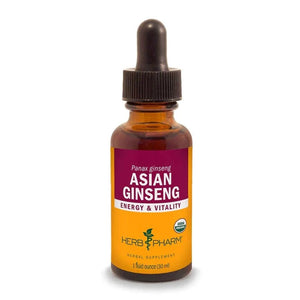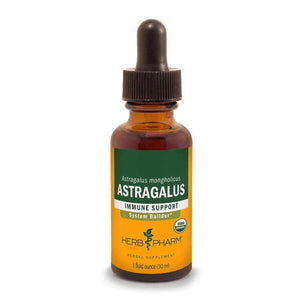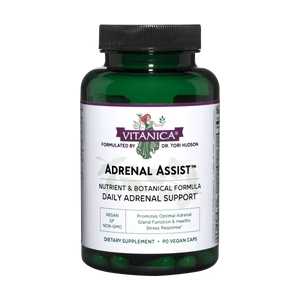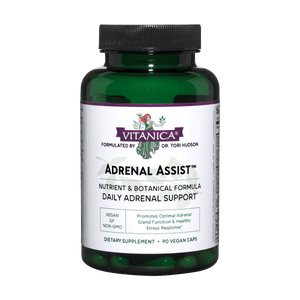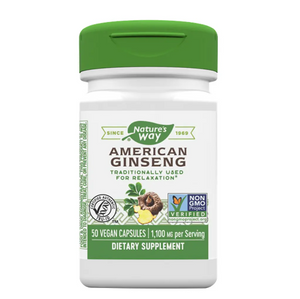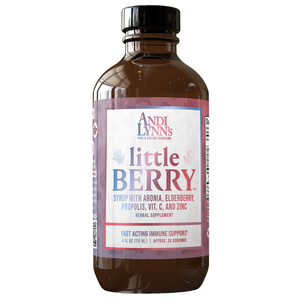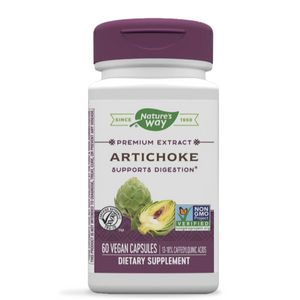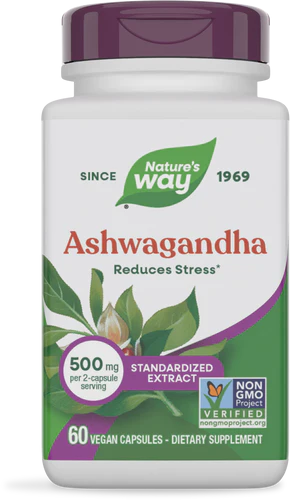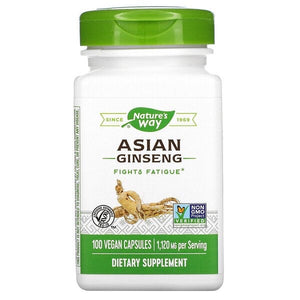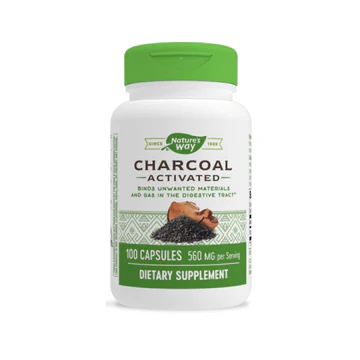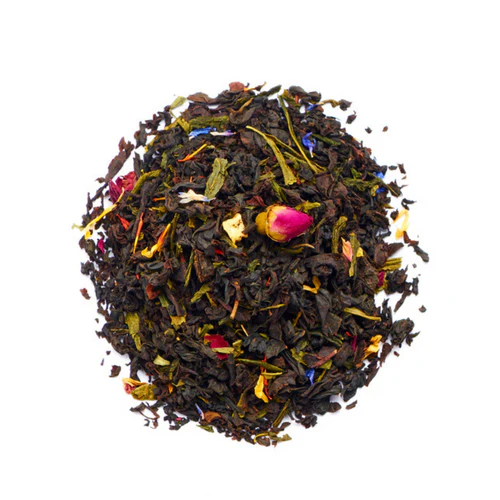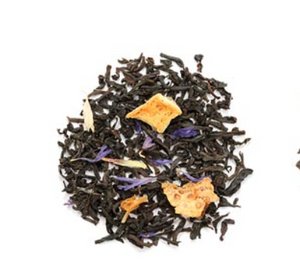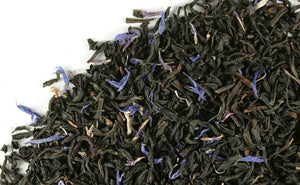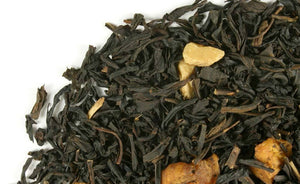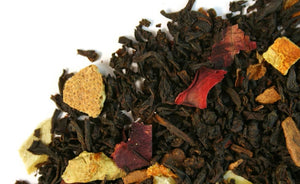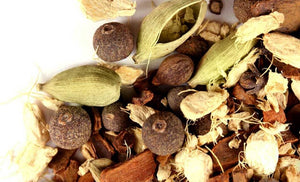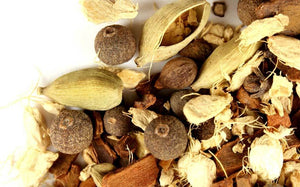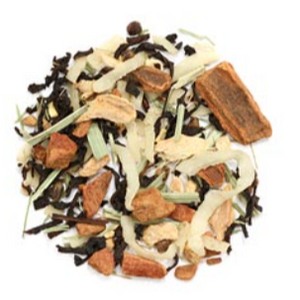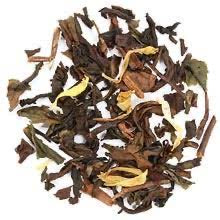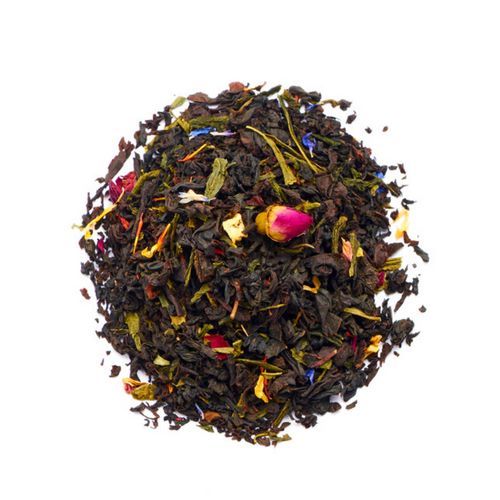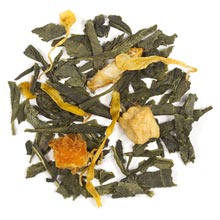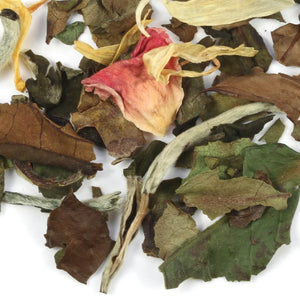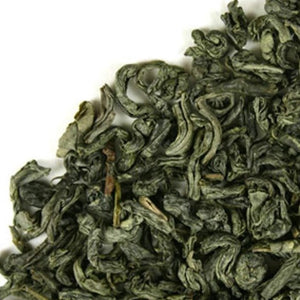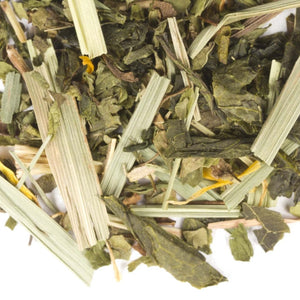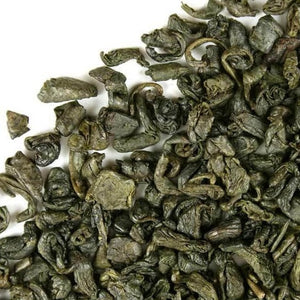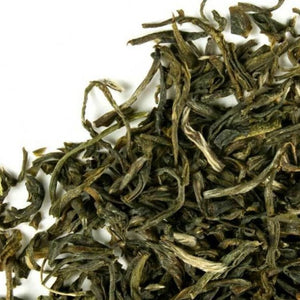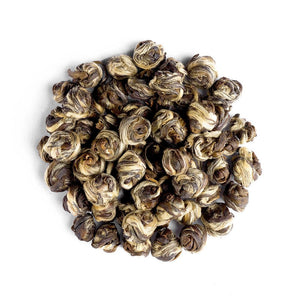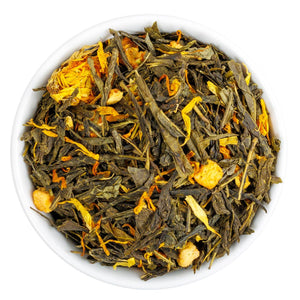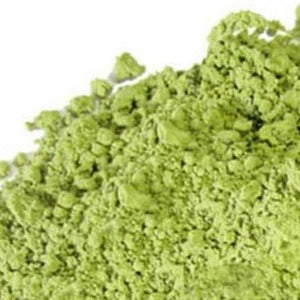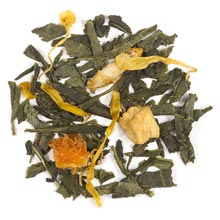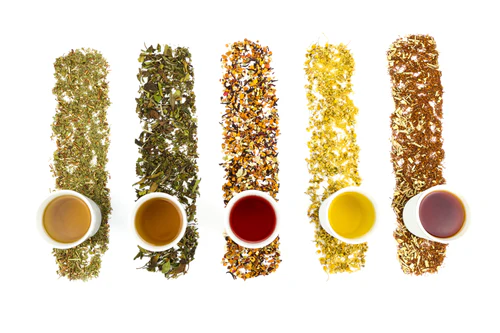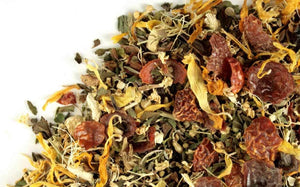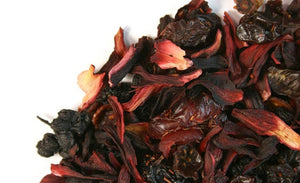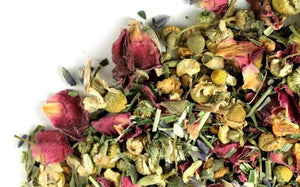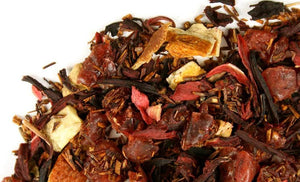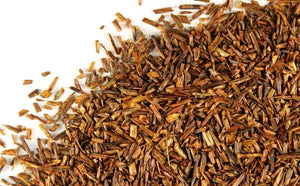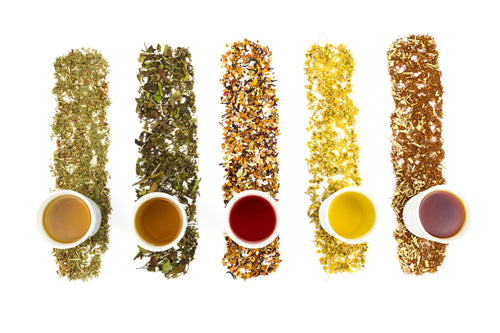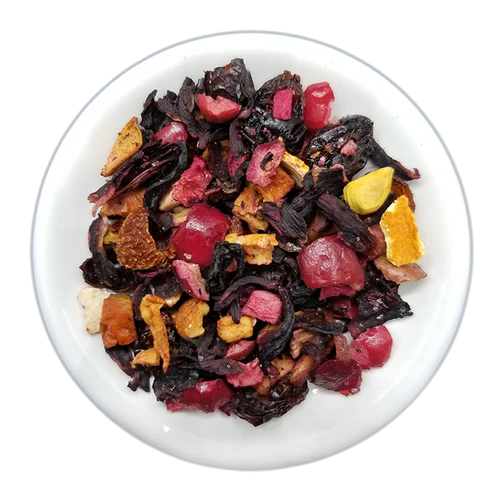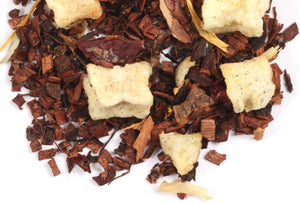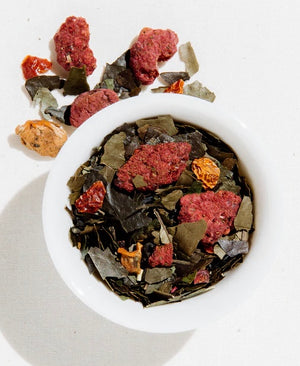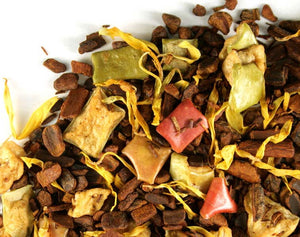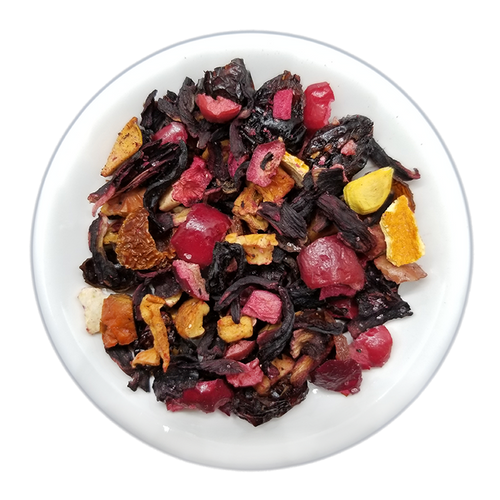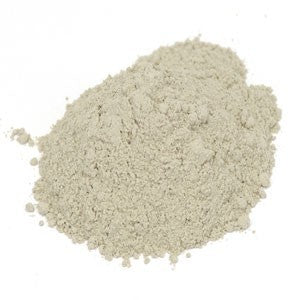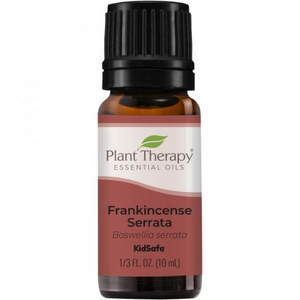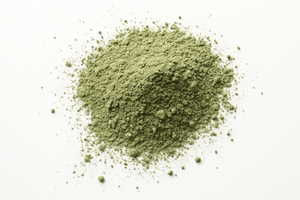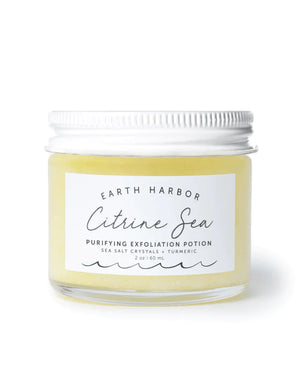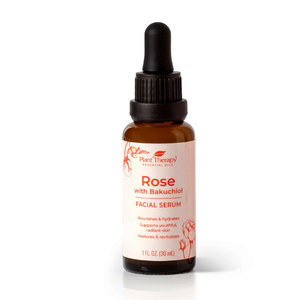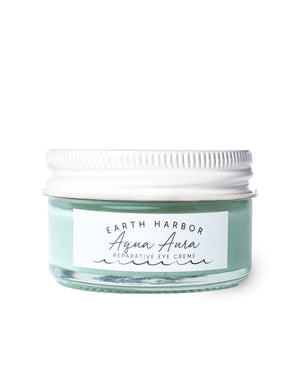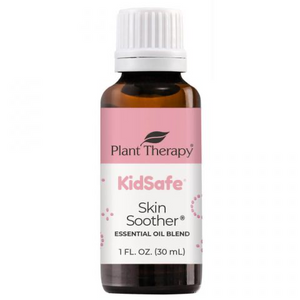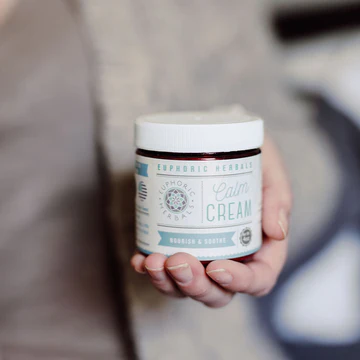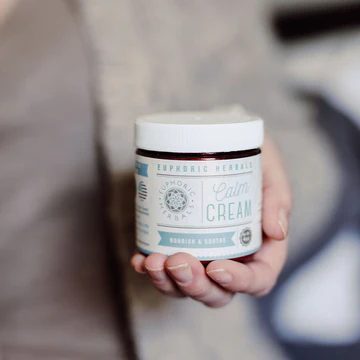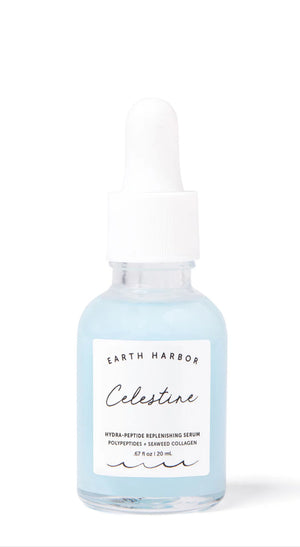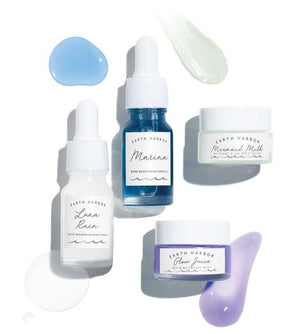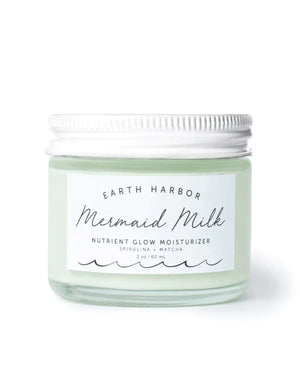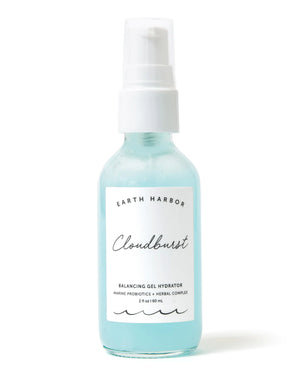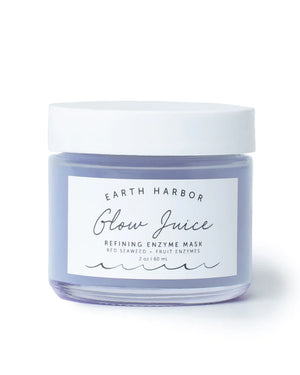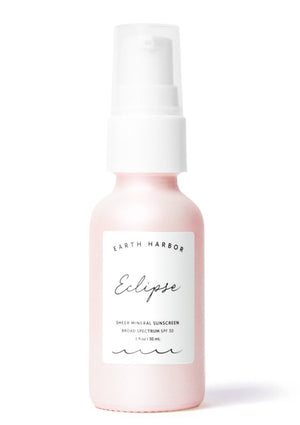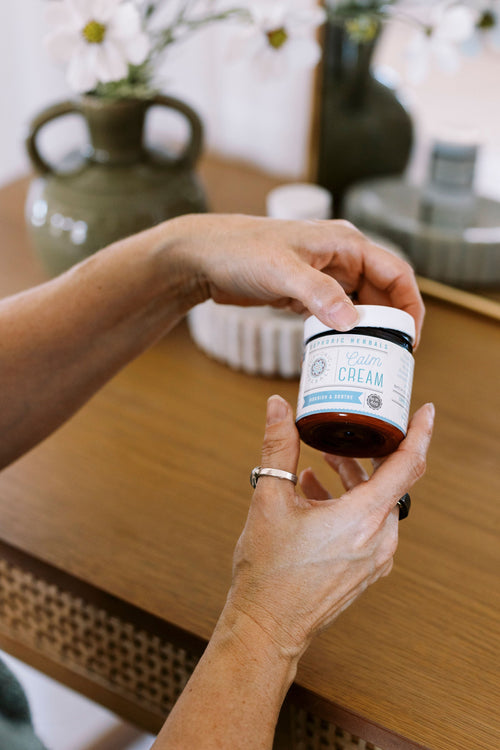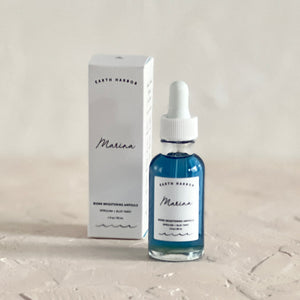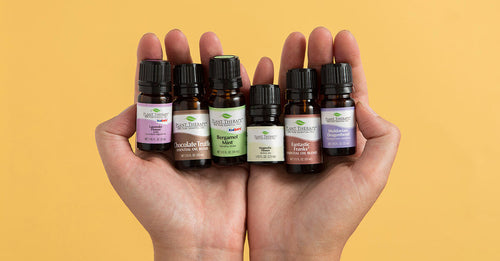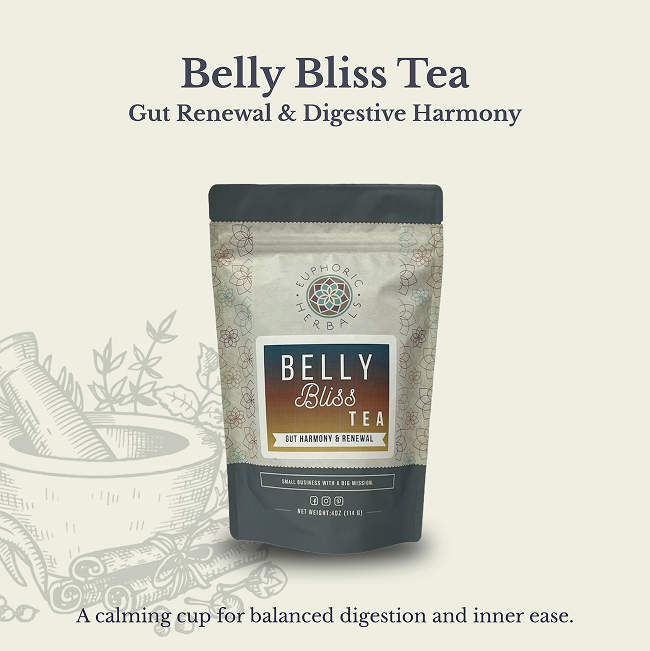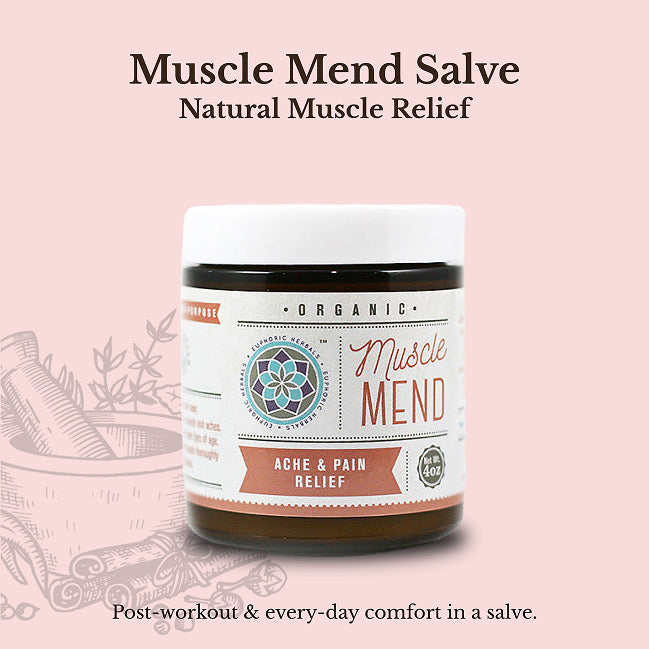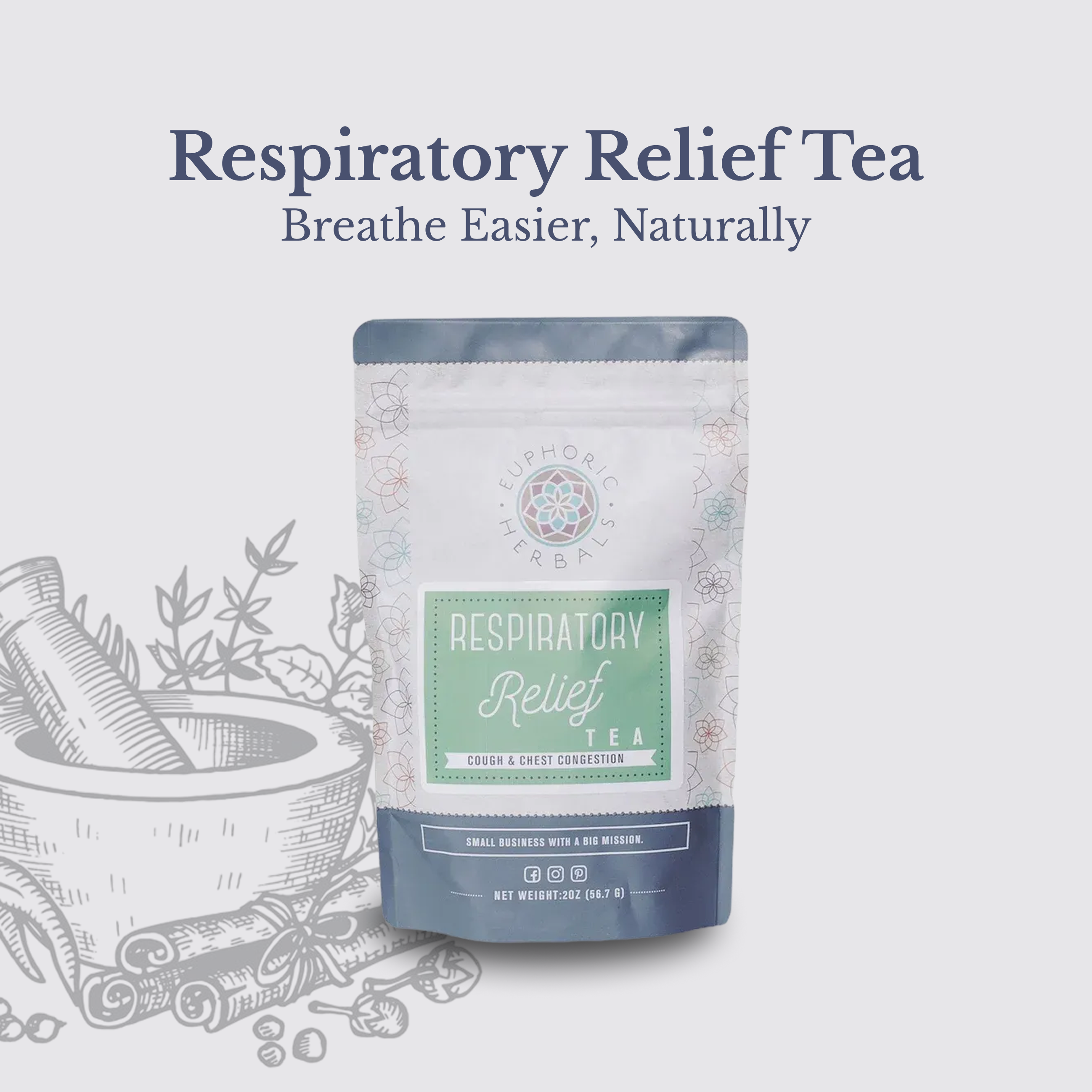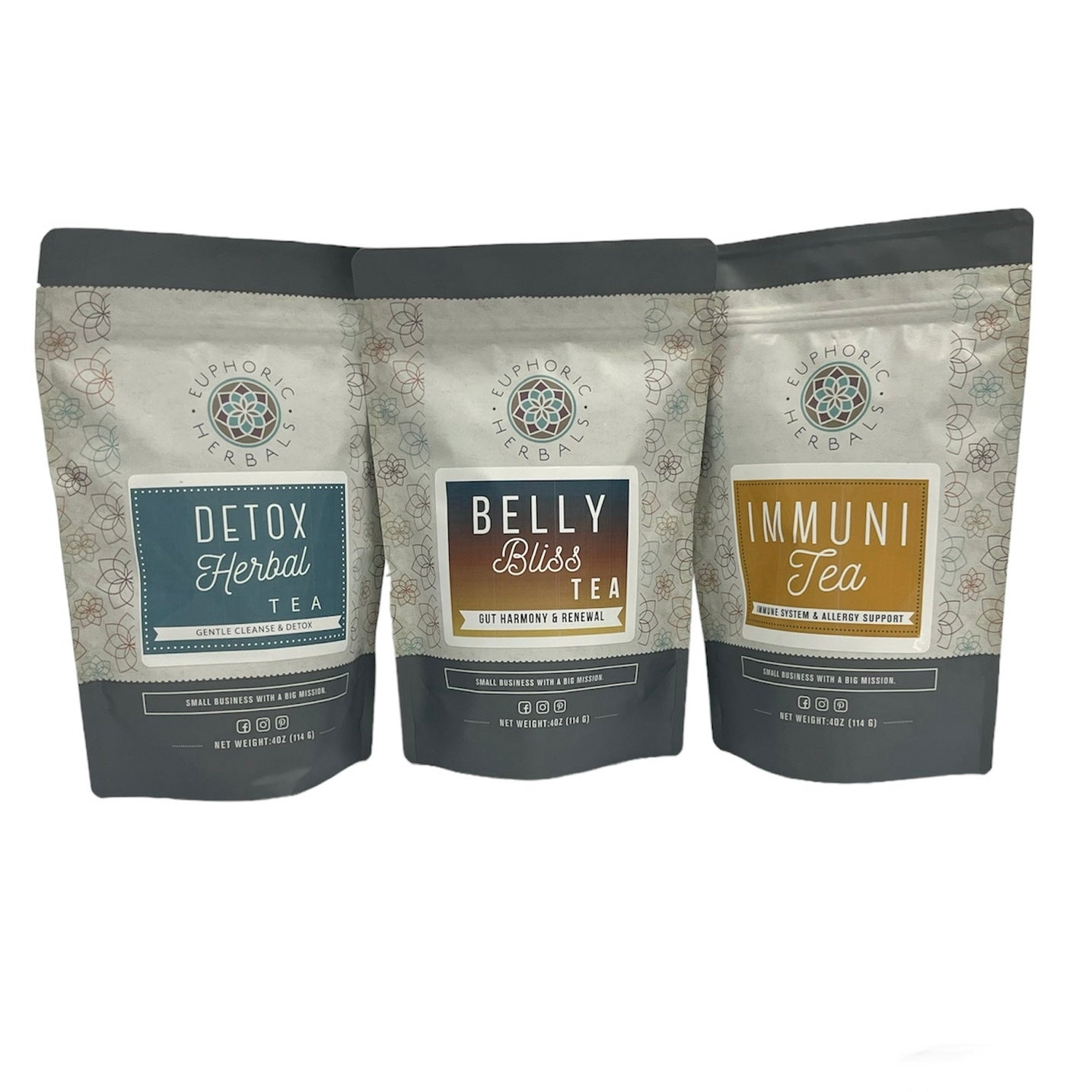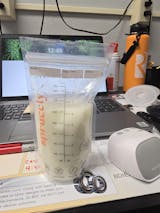Butterfly pea flower has been used to make a gorgeous blue tea in Southeast Asia for hundreds of years. Because of its beautiful natural color and and numerous health benefits, butterfly pea flower is becoming very popular in other areas around the world, particularly western countries like the U.S.
Not only is it a very safe and easy herb to use, it's also enjoyed by both children (who adore the color it gives to hot liquids) and adults alike.
Here's what you need to know about this powerful blue flower, plus how to make your own butterfly pea flower tea.
What is Butterfly Pea Flower?
The butterfly pea plant (Clitoria ternatea) is native to regions in Southeast Asia, including Malaysia, Indonesia, and Thailand. It grows as a flowering vine that bears vibrant blue flowers and also goes by the names of Asian pigeonwings, blue pea, and butterfly blue pea.
Butterfly pea flowers have been used as a medicinal herb in Ayurvedic medicine and traditional Chinese medicine for a long time. They are also a staple in Asian nations, where they grow naturally, particularly in local cuisine.
For example, the flowers can be used to make a brilliant blue liquid, which is in turn used to make a bright blue rice dish known as nasi kerabu. They can also be used to make a tea known as nam dok anchan or in traditional desserts.
Butterfly pea flower tea is commonly sipped in the evening or right before bedtime, not unlike chamomile tea.
More modern uses for the flower petals include making novelty cocktails, blue bath bombs, and blue ice cream.
Health Benefits of Butterfly Pea Flower
Super High in Antioxidants

One of the reasons butterfly pea flower is so healthy is because it's packed full of antioxidants. Antioxidants are the plant compounds that help protect against free radical damage, something that has been linked to many chronic diseases. (1)
The specific antioxidants in butterfly pea flower are known as anthocyanins. Not only do they fight against free radicals, anthocyanins are also plant pigments that give the flowers their distinctive blue color. (2)
Other good sources of anthocyanins include black currants, acai berries, and raspberries, but butterfly pea flowers are thought to contain the greatest amount of the four.
The flowers also contain a few more powerful antioxidants, including kaempferol and p-coumaric acid.
May Combat Inflammation and Cancer
Any food or herb that is high in antioxidants can help to combat chronic inflammation in your body. This is because inflammation, particularly the chronic kind, can be caused by free radical damage- something antioxidants protect against.
In fact, one of the antioxidants in butterfly pea flower, p-coumaric acid, has shown anti-inflammatory properties in studies. (3)
Many natural health experts also believe that consuming a range of antioxidants is one of the best ways to help prevent cancer. Free radicals, again, are thought to play a role in the development of cancer, and antioxidants help to neutralize them.
Anthocyanin compounds known as ternatins have already shown potential for killing cancer cells. The antioxidant kaempferol has also shown anticancer potential, though only in test-tube studies. (4)(5)
Supports Healthy Skin & Hair
One of the most valued health benefits of butterfly pea flower is the support it provides for hair and skin. It's one of the most traditional and frequently used remedies for hair problems in certain Asian nations, like Thailand.
Most likely, the antioxidants in butterfly pea flower play the biggest role in its skin and hair benefits. They support both from the inside-out and help skin to age in a healthy way.
A few studies offer positive support for this ancient way of using the flowers. One found that butterfly pea extract improved skin hydration and also helped protect against UV radiation, which can damage skin cells. Another found that it effectively improved hair growth. (6)(7)
Usually, butterfly pea flower is consumed in tea form for hair and skin support.
Helps Ease Stress & May Promote Sleep

One of the reasons butterfly pea flower tea is traditionally consumed in the evening is because it promotes relaxation. Enjoying a cup of it (which is naturally caffeine-free) can help you to feel less stressed and may also help you to fall asleep.
In fact, butterfly pea flower has been commonly used throughout the years in Southeast Asian medicine to combat both stress and insomnia.
Some preliminary studies indicate that the flower may work by having a positive impact on the central nervous system. (8)
To really help yourself relax, try blending butterfly pea flower with chamomile to make an ultimate stress-reducing tea.
May Balance Blood Sugar Levels
One of the more recently discovered health benefits of butterfly pea flower is the potential it has to help stabilize blood sugar levels and possibly offer natural diabetes support.
In research so far, drinking a beverage with butterfly pea flower extract has been found to reduce blood sugar levels and improve insulin- even when the beverage contained a fairly high amount of sugar. The antioxidant properties of the flowers may also have a protective effects against complications of diabetes. (9)(10)
The studies so far have been small and short-term but still show a lot of potential for butterfly pea flower to positively affect blood sugar.
Natural Food Coloring
With so many synthetic and artificial ingredients added to food nowadays, butterfly pea flower gives you a way to naturally dye food or drink in shades of blue, pink, and purple.
If you simply add hot water to the flowers, the resulting beverage will be a sparkling blue color. However, if you add in a citrus element, like lemon slices or juice, the drink will become purple. This is because the acid in citrus changes the pH and also the hue of the liquid.
You can even experiment with adding other colored herbs to get a variety of colors. Hibiscus flowers, for example, will give you a red or fuchsia drink.
Of course, butterfly tea flower isn't limited to beverages. It can be used to make colored rice, pasta, and any other dish that uses water as a cooking liquid. Or you can impart the color to ice cream, gelato, and a number of other desserts.
Butterfly Pea Flower Tea Recipe

Butterfly pea flower tea is easy to make. The tea itself has a very mild flavor, almost like an extra light green tea, so you may want to experiment with adding other herbs to give it more power for your taste buds.
Ingredients:
- 1-3 teaspoons dried butterfly pea flowers
- 8-10 ounces hot water
- Other desired herbs (optional)
Instructions:
- Put the butterfly pea flowers and any other herbs you are using in a pint jar or another heatproof container.
- Pour the water over the herbs and stir or shake to incorporate.
- Cover and steep for at least 10-15 minutes.
- Strain out the herbs and feel free to add a sweetener like honey and/or a splash of lemon or lime juice. Enjoy!
If you want to adapt this recipe by adding other herbs, try something floral like chamomile or something citrusy like lemongrass. Or do your own take on nam dok anchan, which is traditionally made with butterfly pea flower, cinnamon, mint, passion fruit, and honey.
Precautions
There aren't any known precautions associated with butterfly pea flower. In large amounts, some people have reported feeling nausea or getting an upset stomach, but normal doses don't seem to cause any negative effects.
Enjoy the Health Benefits of Butterfly Pea Flower
Gorgeous color and numerous potential benefits make butterfly pea flower one of the top "new" herbs to try. Used since ancient times in Southeast Asia, this lovely flower has made its way west where people are finding it equally beneficial.
Try it for stress, sleep, skin support, or simply to get an extra boost of antioxidants!
Disclaimer: This post is for informational purposes only. It does not constitute medical advice and should not be substituted for medical advice. Please consult your health care provider, herbalist, midwife, or naturopathic physician before taking herbs, supplements, etc. Here's the link to our full disclaimer.


